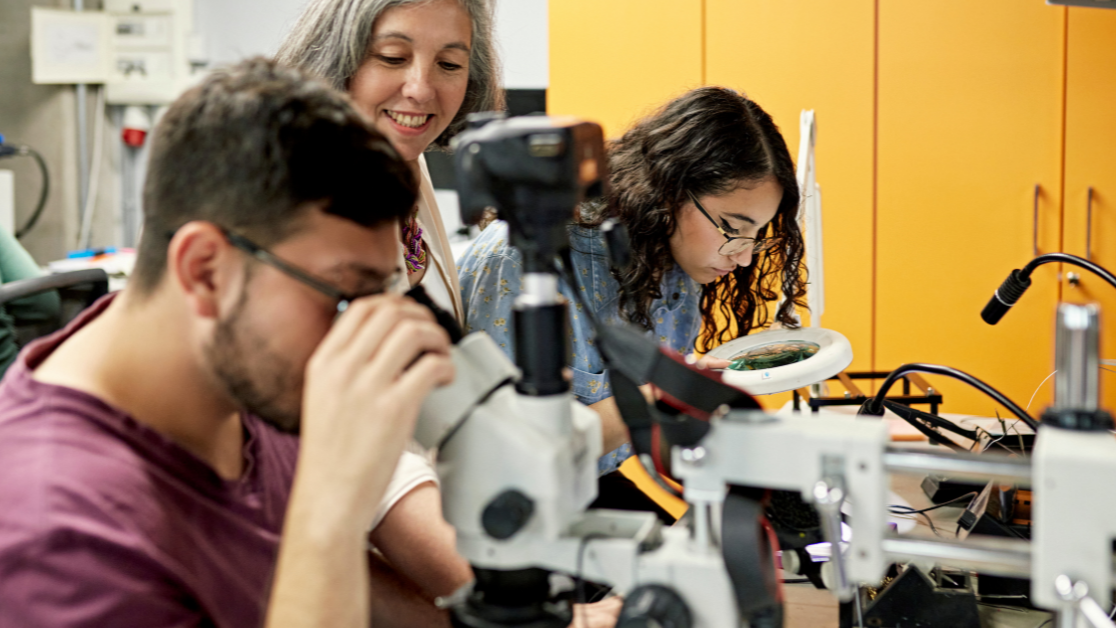Nondegree pathways, including apprenticeships, boot camps, certificates, and certification programs, have a lot to offer young adults. According to Success, Redefined: How Non-degree Pathways Empower Youth to Chart Their Own Course to Confidence, Employability, and Financial Freedom, an independent survey commissioned by American Student Assistance® (ASA) and Jobs for the Future (JFF) , pathway youth (i.e. young people who pursued or are pursuing a nondegree postsecondary pathway) reported feeling workforce ready, having higher employment rates, and being highly satisfied with their education choices compared to non-pathway youth (i.e. young people who did not pursue any postsecondary education pathways).
In addition, pathway programs met many young adult needs around education that traditional college programs could not fulfill, including earning a good salary, having lower costs, and offering more schedule flexibility.
In this final blog in our three-part series on the survey, we’ll explore how pathway youth discovered their nondegree programs and what we can do to spread the word about these successful post-high school education programs.
Students need more information about postsecondary education options
We surveyed 1,100 young people who didn’t enroll or graduate from college to better understand where they learned about their postsecondary education options. The group was comprised of two subgroups: pathway youth (558 survey respondents) and non-pathway youth (561 survey respondents).
Nearly 30% of non-pathway youth said they didn’t receive information and resources that would help them decide on their post-high school options compared to 20% of pathway youth.
For the respondents that did receive information and resources, it’s not surprising that these Gen Z students cited the web (87%) and online videos (81%) as their top sources of information. Guidance from parents (66%) was the third most popular information source.
Other trusted individuals also served as resources, with respondents listing friends (52%), teachers (41%), relatives (34%), counselors (24%), employers (16%), and mentors (15%) as influencers.
Interviews with pathway youth corroborate these sources of information:
- Yssa, a 23-year-old living in New York City, used her online research skills to find and enroll in a tuition-free, intensive web development boot camp. She graduated in six months with a job as a software engineering apprentice. When asked about her experience, she said, “I wish I could have discovered all of the pathways before I started my journey.”
- Jordan, a 23-year-old from Boston enrolled in Year Up, a tuition-free, skills focused, career-aligned training program. How did he learn about it? “A bunch of my friends did it, and to this day, they have fabulous jobs,” he explained.
- Erick, a 22-year-old from Detroit, enrolled in an IT training and certification program after seeing his brother complete the program and find gainful employment. He is now employed as an IT Support Specialist, an occupation with an average salary of $57,000.
Suggestions for raising awareness of nondegree pathways
Too often our education system perpetuates the myth that college is the only pathway to success after high school. As this study shows, pathway youth are confident, career ready, employed, and highly satisfied with their postsecondary education choices. So how can we get the word out to more young people that they have options?
Here are some suggestions:
- Include non-college education options in professional development and training programs –By educating school staff on nondegree pathway programs, they will be able to provide better advice on college, pathway programs, and other career opportunities so students understand all their post-high school options.
- Include pathway programs in career exploration activities, and start the process earlier – Here at ASA, we believe that middle school is the ideal time to introduce students to career exploration activities and students we’ve spoken to agree. When developing activities, be sure to include nondegree pathways options. For example, invite an apprentice or bootcamp graduate to attend a career fair and share their experience. By beginning the exploration process sooner and including more choices, young people will be better able to take control of their career journeys.
- Share information on nondegree pathways with parents – Since parents are the third most popular source of information for post-high school plans, make them aware of pathway programs and their benefits. That way, they’ll know that college isn’t the only postsecondary education option that leads to career fulfillment and financial success.
Nondegree pathway programs provide opportunities for success
The data is clear—nondegree pathway programs prepare young people for career success while meeting needs that traditional college programs can’t meet. Yet many young adults aren’t aware of their existence. By introducing middle and high school students to pathway programs, they will be empowered to make better decisions about their post-high school education and career plans.



